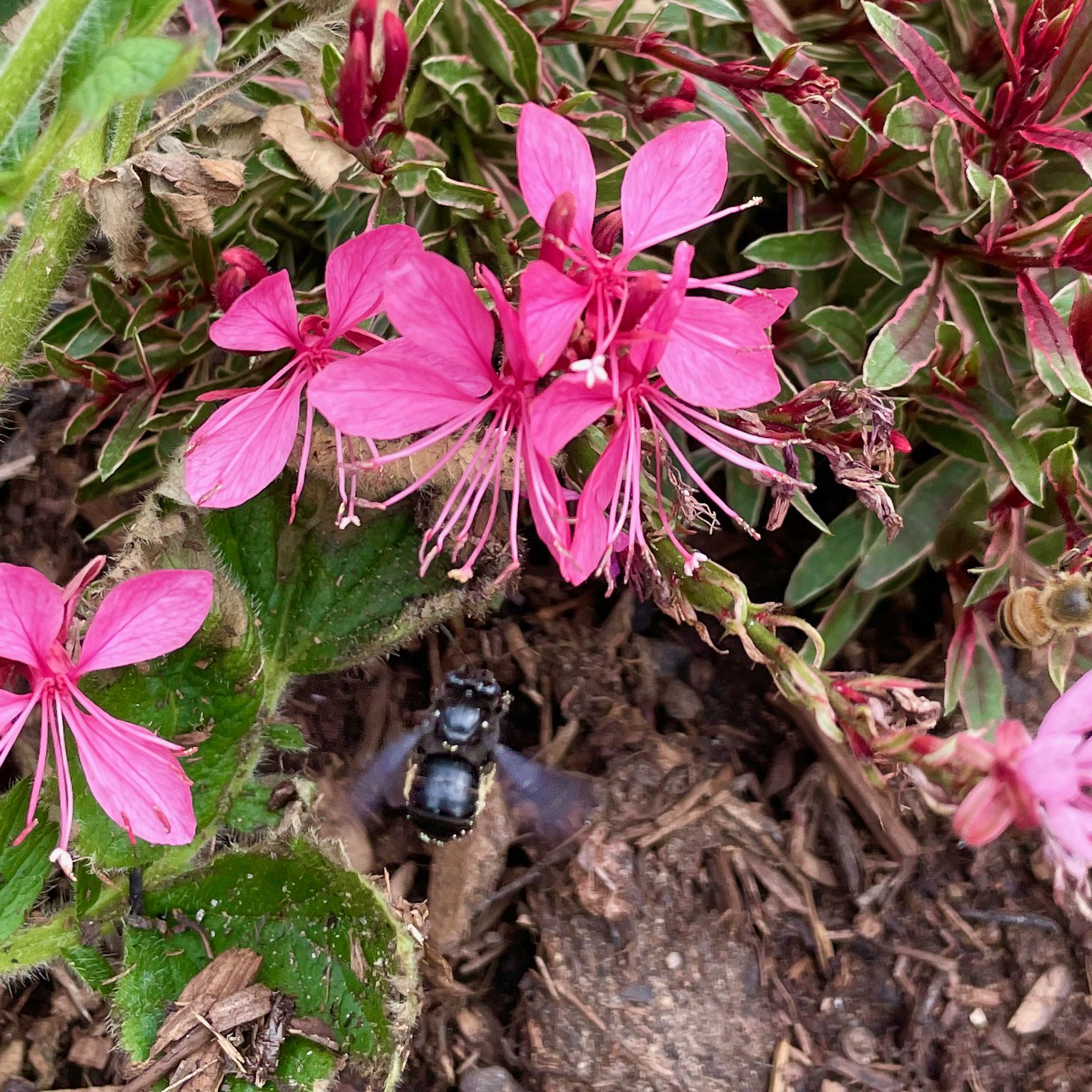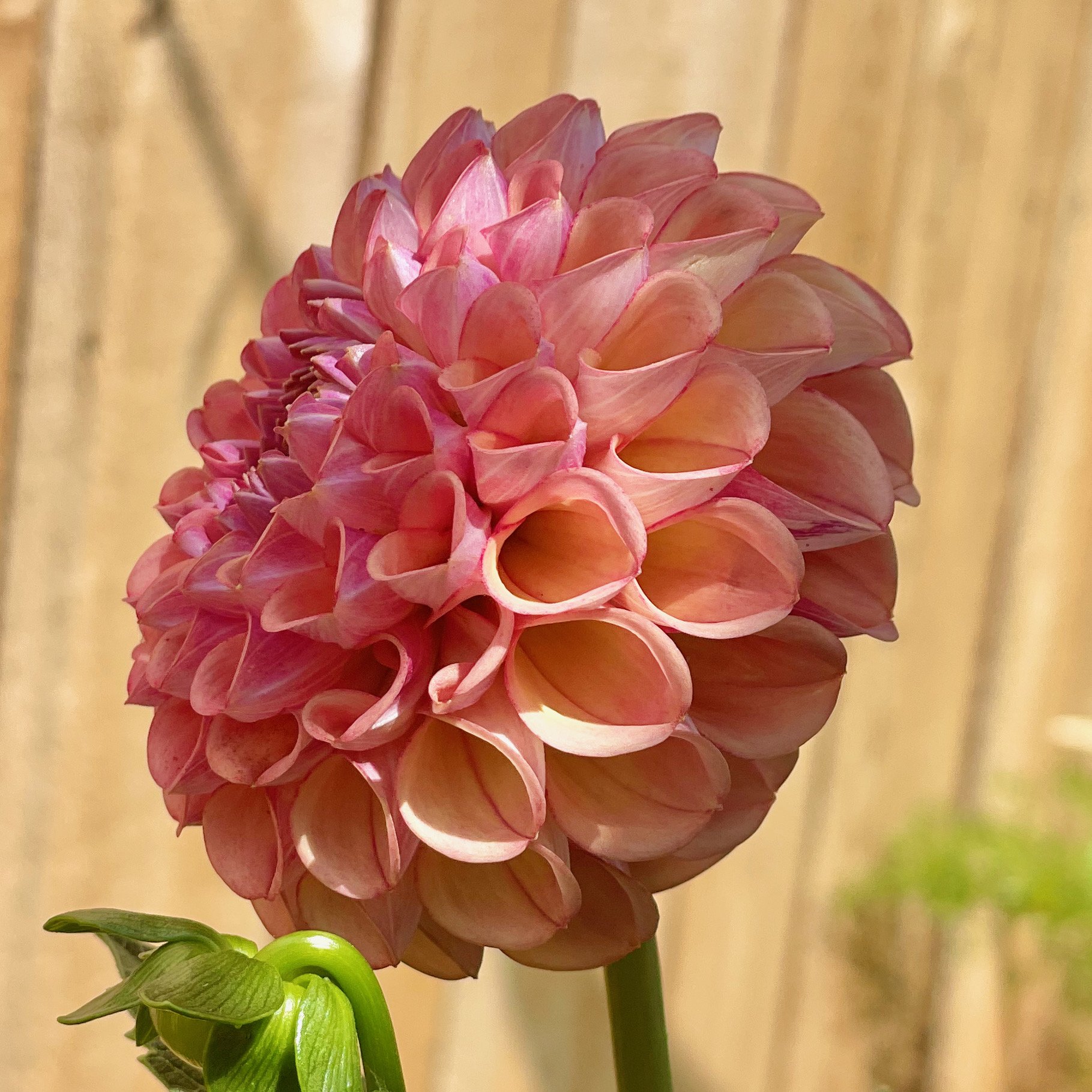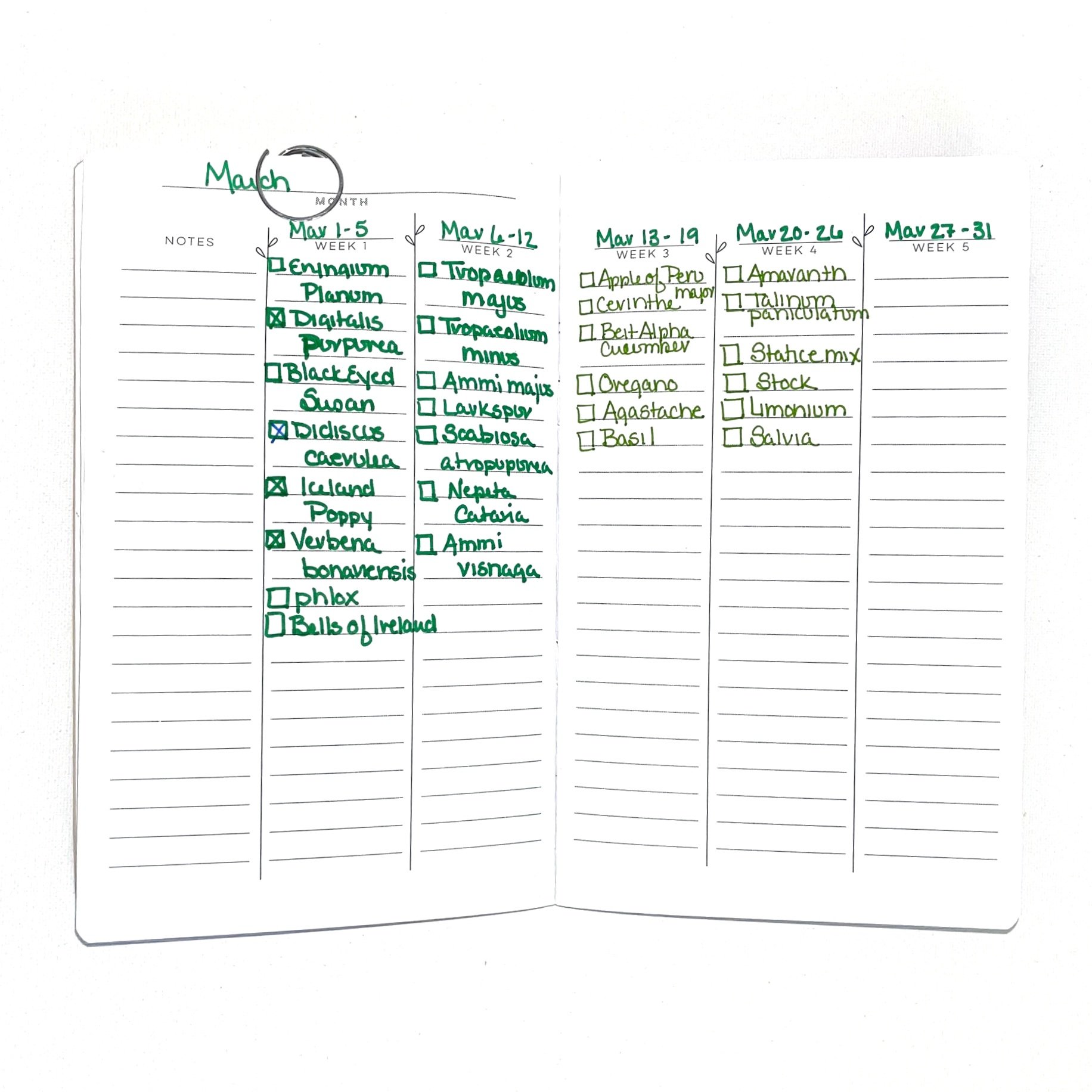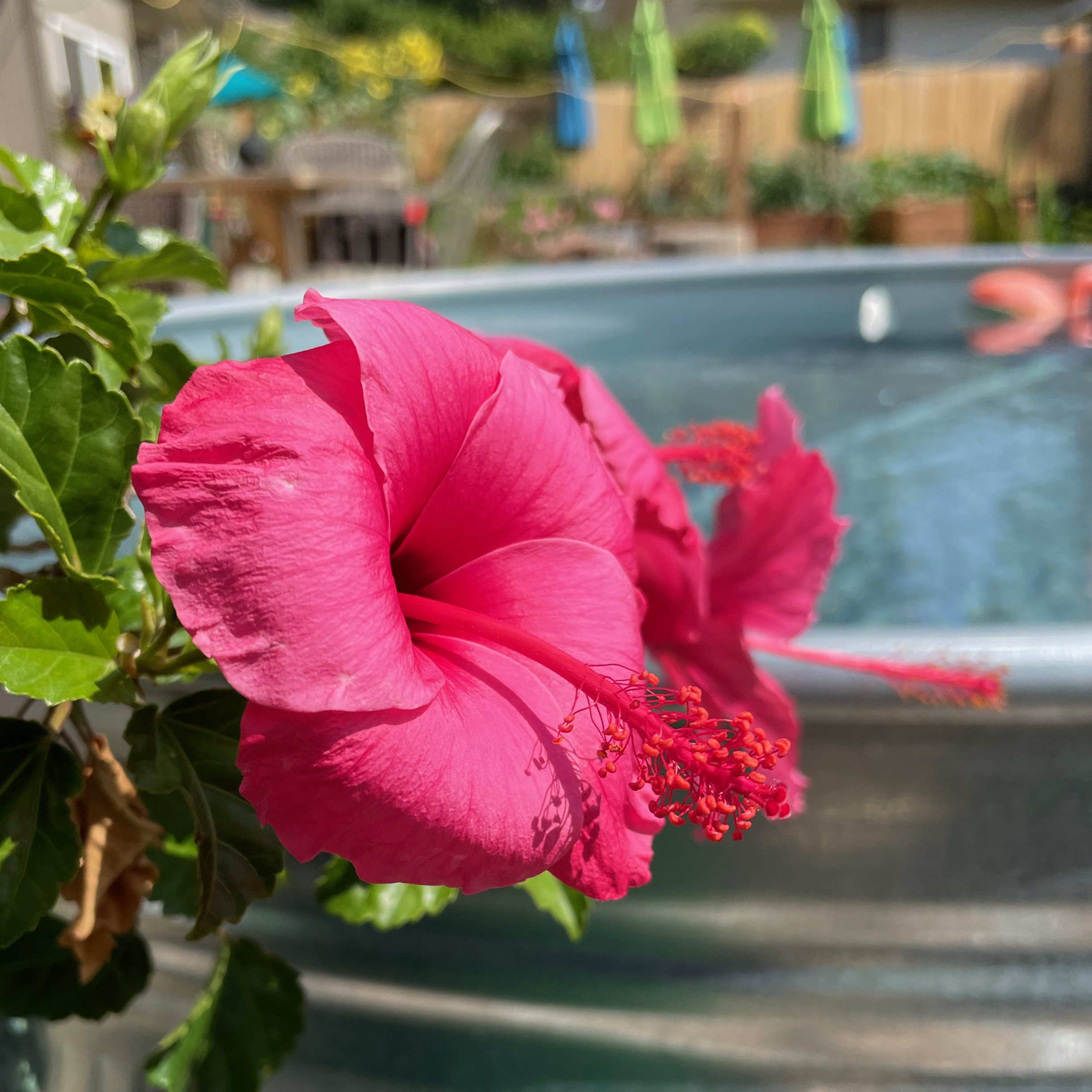Using a Garden Planner
How to use a gardening journal or planner
I have been keeping a gardening journal or planner for several years. It has transformed my gardening practice, actually. I have found that it saves me both time and money and helps me practice intentionalilty in my planting, too. There are lots of ways to keep a garden journal or a garden planner. I will use the words interchangably, because I use mine as both: a planner looking forward and a journal or diary for reflection. No matter what you call it — a gardening notebook of some kind can help you in a myriad of ways as a gardener!
However, I will tell you something: not all gardening journals are created equally. In fact, a lot of them are truly terrible — clearly not created by gardeners. So I have written one myself: Garden Notes! I am so proud of Garden Notes. I’ve been using the finalized product for several months, and it does exactly what I had hoped, so I hope you will give Garden Notes a try!
But whether you use Garden Notes or just use a blank book of some kind, these tips and ideas will help you keep a gardening journal and planner that you love!
Gardening Journals: Keeping a Record
The physical act of writing — not typing, but writing — has been shown to help retain information and to help our brains organize that information. Writing things down is simply better for our brains! But aside from that, there are lots of benefits of keeping a written record about your garden.
First, and foremost, you work hard in your garden. Large or small, vegetables, flowers, natives, annuals, perennials — gardening is sweaty, hard work. Recording your thoughts and ideas about your garden as time passes acts as an acknowledgement of your passions. Even if no one else ever reads your journal, the act of writing about your garden imparts an importance, a permanence to something which is, by nature, ephemeral. Your garden will never look exactly the same again as it does today. It may look better. It may look worse. It will certainly look different — be different. And our memories smudge through the passage of time. So keeping a record allows you to hold on to that moment.
And how can you use that record? In so many ways!
Remembering: Where did I plant those bulbs? What color will that dahlia be? Keeping a record allows you to know what you have planted and where year to year.
Diagnosing: if a plant begins to look sickly, looking back at weather records, watering patterns, and even comparing photos of that plant over time can help you diagnose what might be wrong with your plant now.
Planning: it’s easy to over-order seeds and tubers and plants in the dead of winter. Tracking those purchases on paper can help you plan better and save you money.
Sharing: if you fill your journals with photographs, sharing with friends or neighbors can help to give them ideas as well.
Reflecting: you deserve to take pride in the beauty and abundance of your garden. Record those bumper crops of tomatoes and the gorgeous bouquets of July. Take time to reflect on the beauty you helped to bring into the world and enjoy your successes!
Dreaming: Set aside a place in your planner or journal for ideas and inspiration. Include photographs or clippings of gardens and plants that you love so that when you need an idea, you have a bunch of them at your fingertips.
Take a peek into my Garden Notes:
How to Organize Your Gardening Planner or Journal
I organized Garden Notes intentionally. It has enough structure to be helpful, but not so much that you are confined to a particular style of planning or journaling. It is a notebook that looks backward while also looking forward. A notebook for the moment.
Undated: start it any time, stop when your growing season ends, pick up again when you are ready.
6 Months at a time: many people can’t garden year-round. Garden Notes holds 6 months of notes. If you are a year-round gardener, you’ll need two copies per year. They fit perfectly into a Traveler’s Notebook cover, so you can keep them together if desired.
Garden Plans: a place to sketch your beds and borders which can then be labeled so you know what is planted in each spot
To-do Lists: Garden Notes includes weekly task lists which you can fill out in advance. For example, if you know that during the last week of April you always prune your roses, you can write that reminder on the weekly page well in advance, so it doesn’t slip your mind.
Monthly Plans: one spread for each month. I use this to plan out seed starting in the spring and later summer months. It would make a great place to chart rainfall or temperatures or record vegetable harvests and first blooms. The options are endless!
Weekly Plans: one spread per week for a deeper dive into list-making, photographs, recording, or narrative journaling.
Blank pages: for dreaming, planning, reflecting, bullet-journaling, or recording
Garden Journaling FAQs
The monthly spread in Garden Notes.
What should I write?
There is no right answer to this question, but there are lots of ideas! Here are a few things you could record and track to get you started:
High/Low temperatures
Rainfall
Veggies/fruit harvested
Animals and birds spotted
Flowers blooming
Perennials: growth and flowering
New plants purchased
Bouquets cut
Size and weight of produce
Feeding schedules
Deadheading schedule
Weeding schedules
Greenhouse temperatures
Bee species
Planting plans/layouts
Seed orders and deliveries
How often do you use your garden diary?
That really depends. In the thick of things, it is almost every day. I take it with me to The Greenhouse to keep records of seeds started, seedling growth, potting on, etc. But in the slower months it might be once per week or even less. My journaling practice isn’t high pressure or high stakes. It’s personal, reflective, and a means for planning, too.
You will find a rhythm which is right for you!
The weekly planning pages in Garden Notes.
Do I have to write?
Your journal entries do not have to be long or recorded in paragraphs. Choose the way which best captures the information you want to convey. A journal entry can be an/an…
List
Poem
Photographs
A paragraph or more
Song lyric
Collage
Painting or drawing
Newspaper clipping
Printed social media post
Sketch or illustration
Short story
Letter
Cartoon or storyboard
Haiku
Memento in an envelope
Sunflowers and cosmos in the morning sun
Hibiscus by the stock tank pool
Hollyhock, a favorite with the bees
Distant Drums rose beginning to open
No matter whether you are a beginning gardener or a Master Gardener, I hope your garden journal is one which is both helpful and joyful! Happy gardening!














